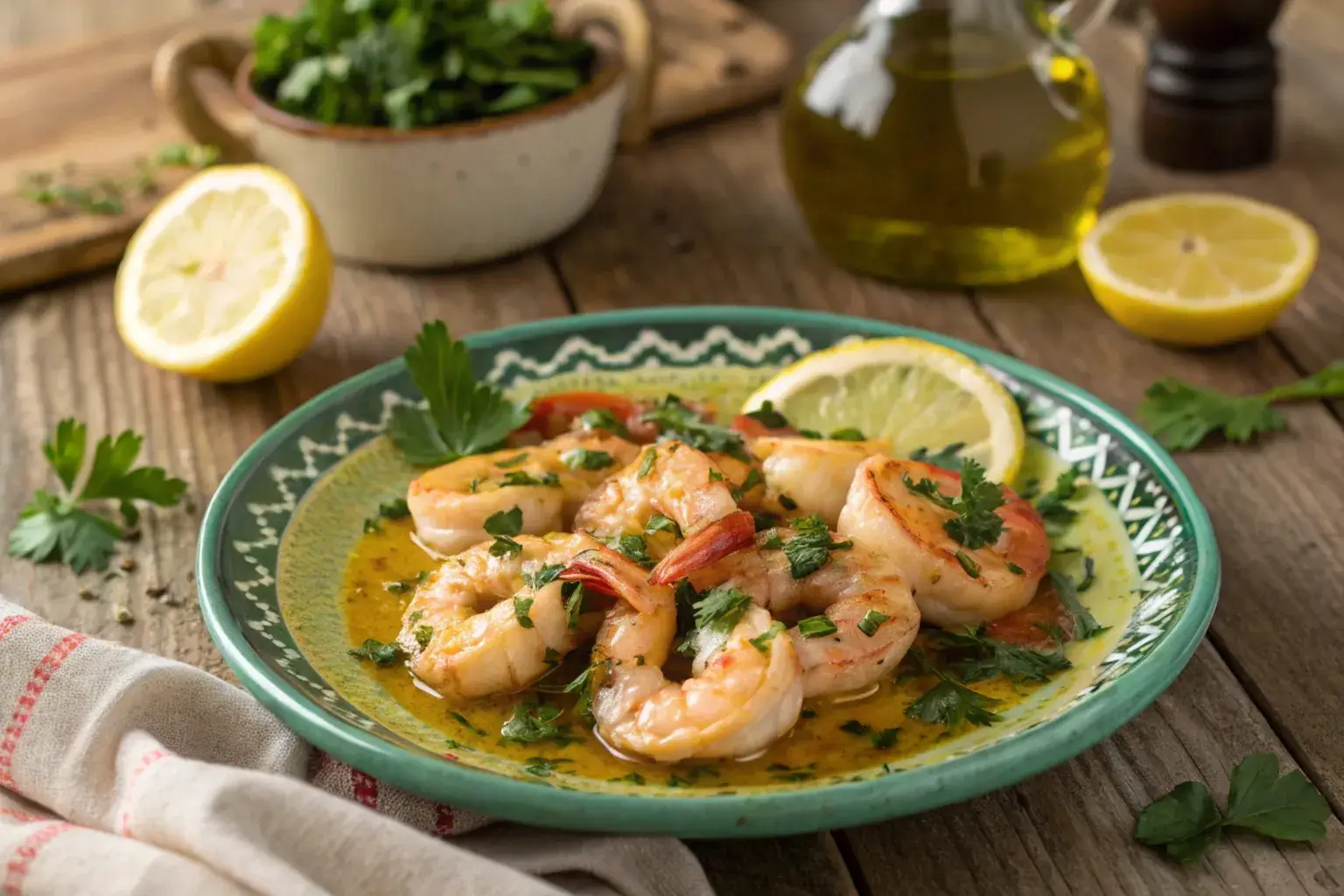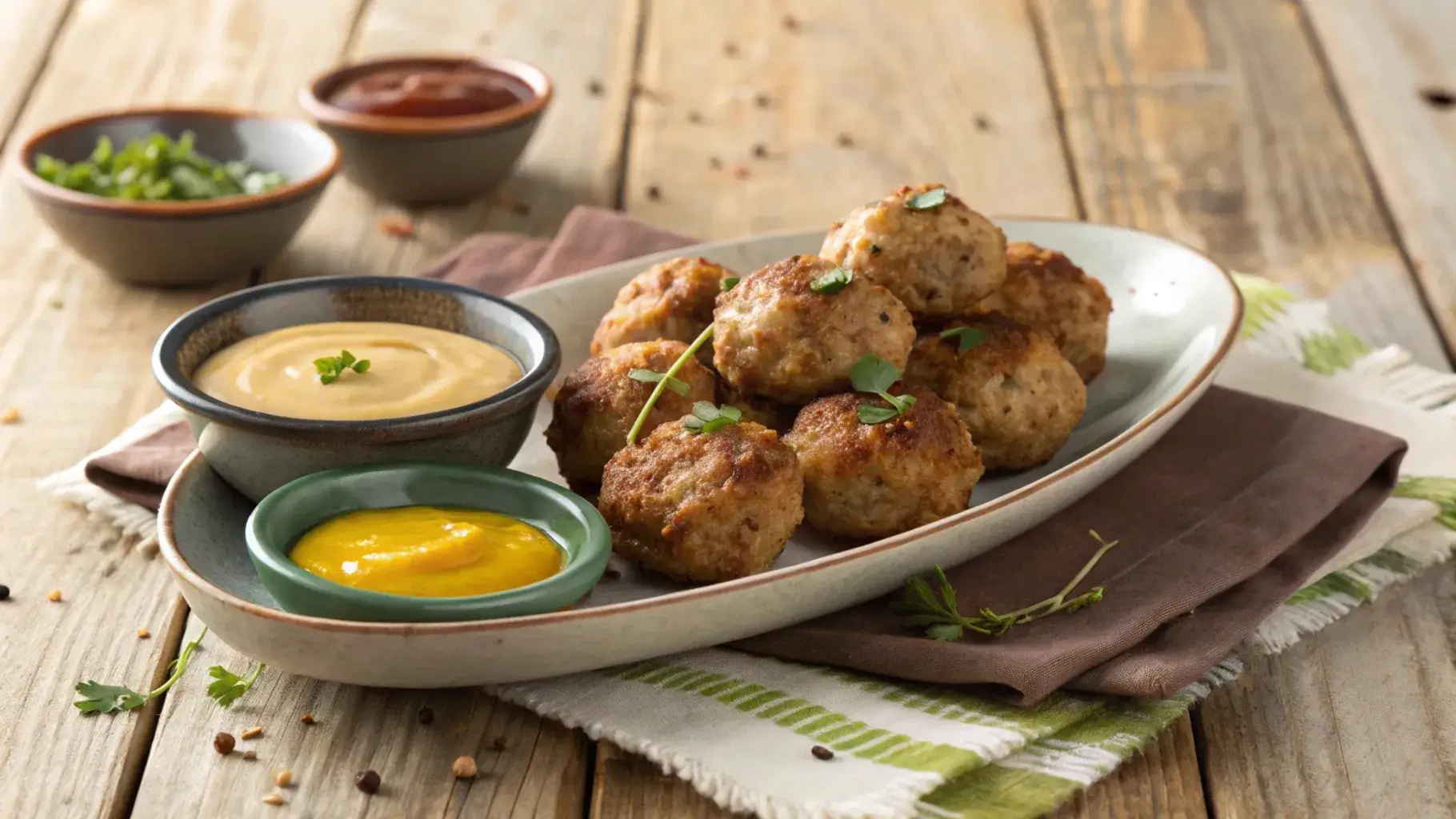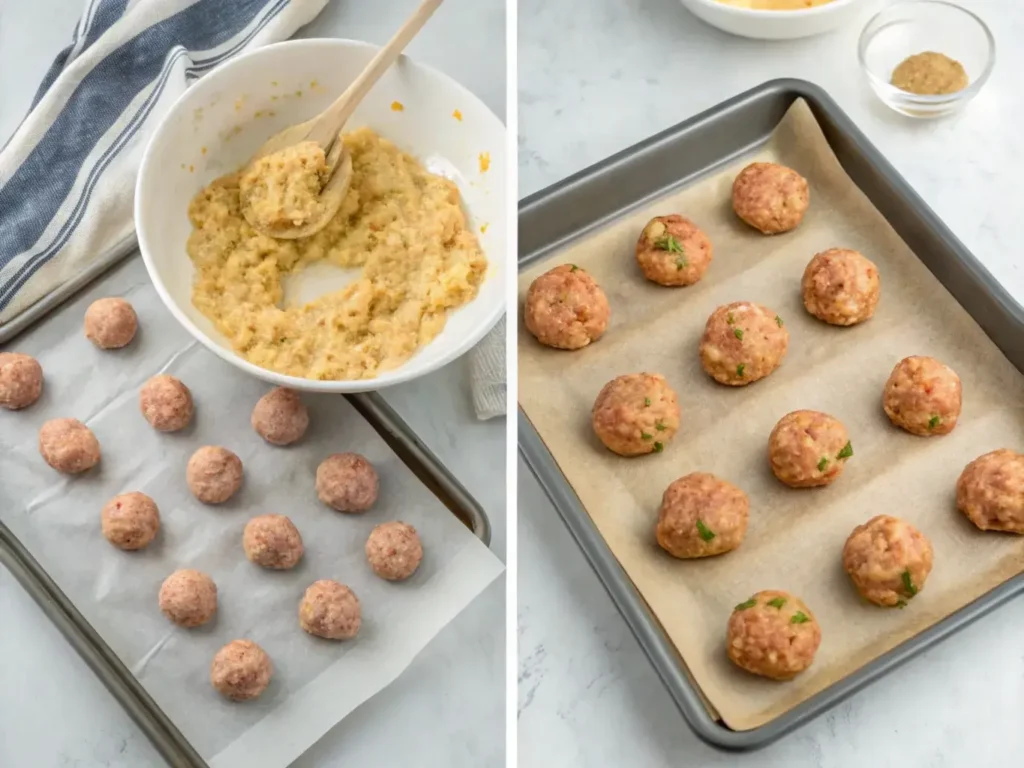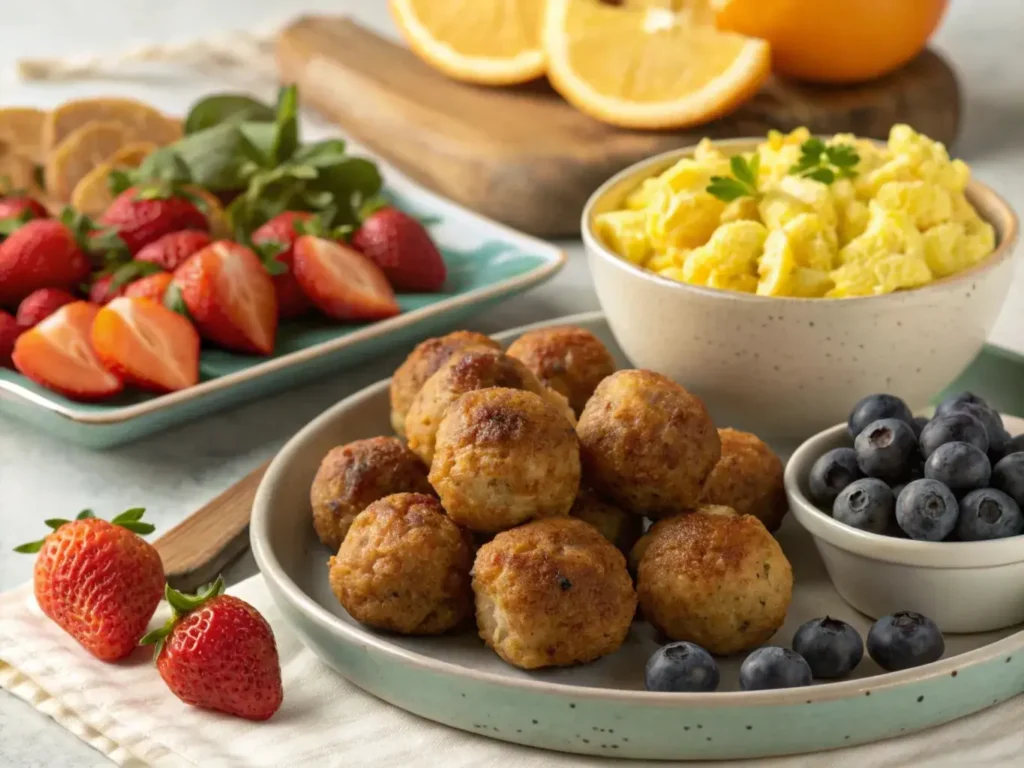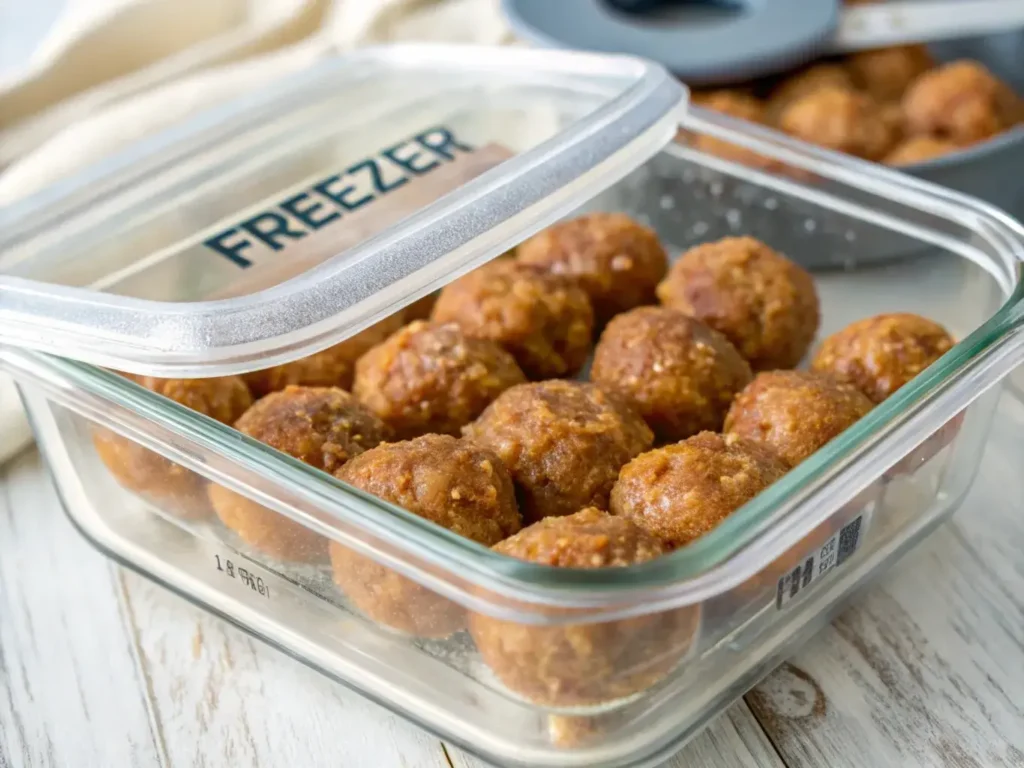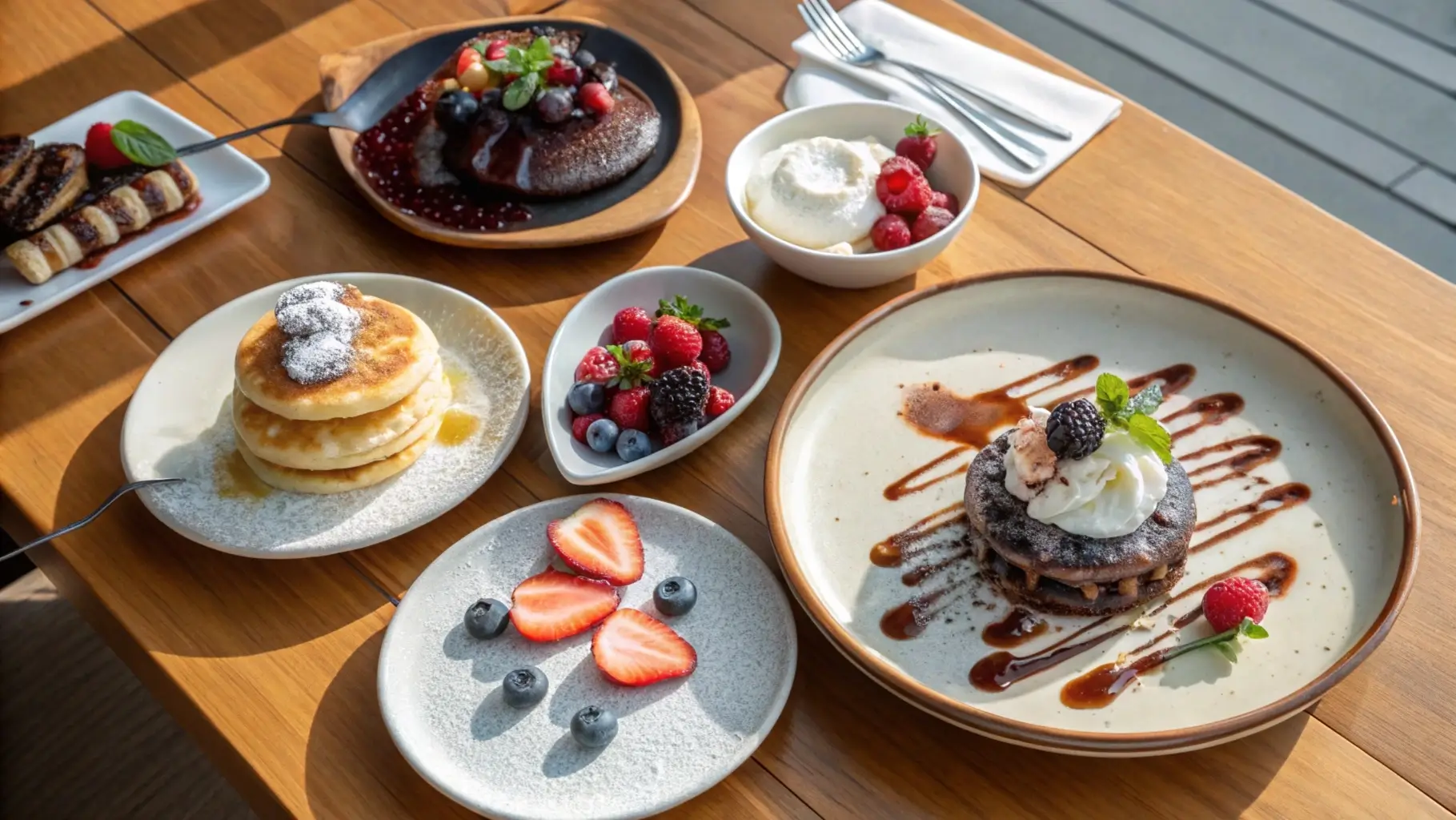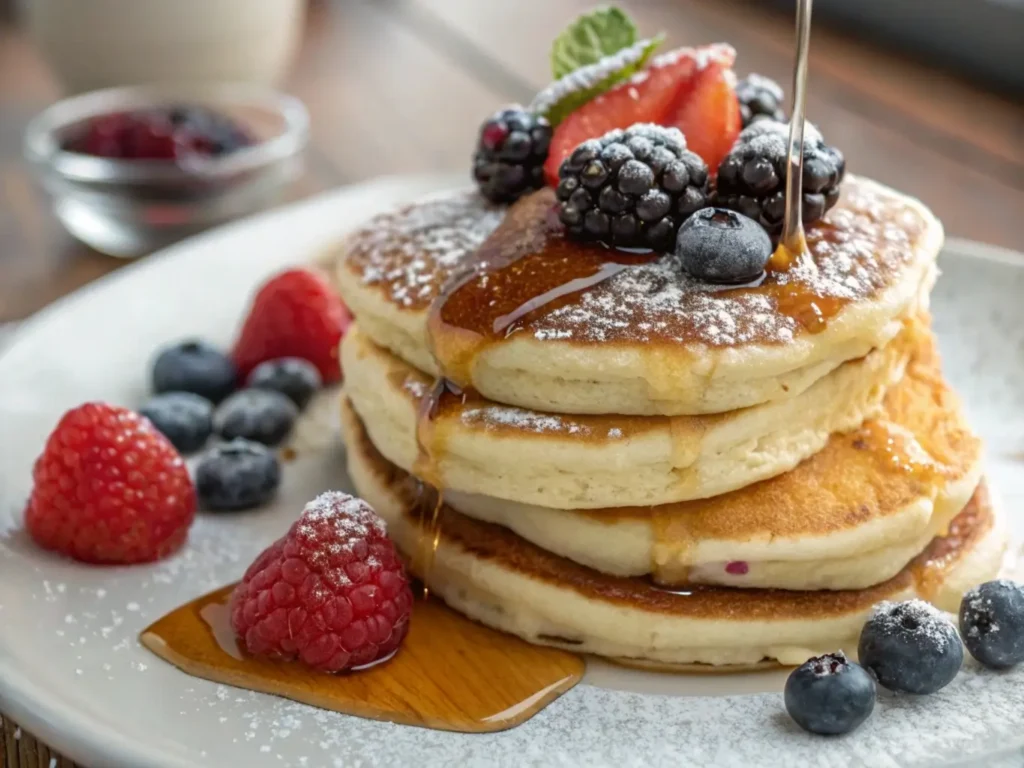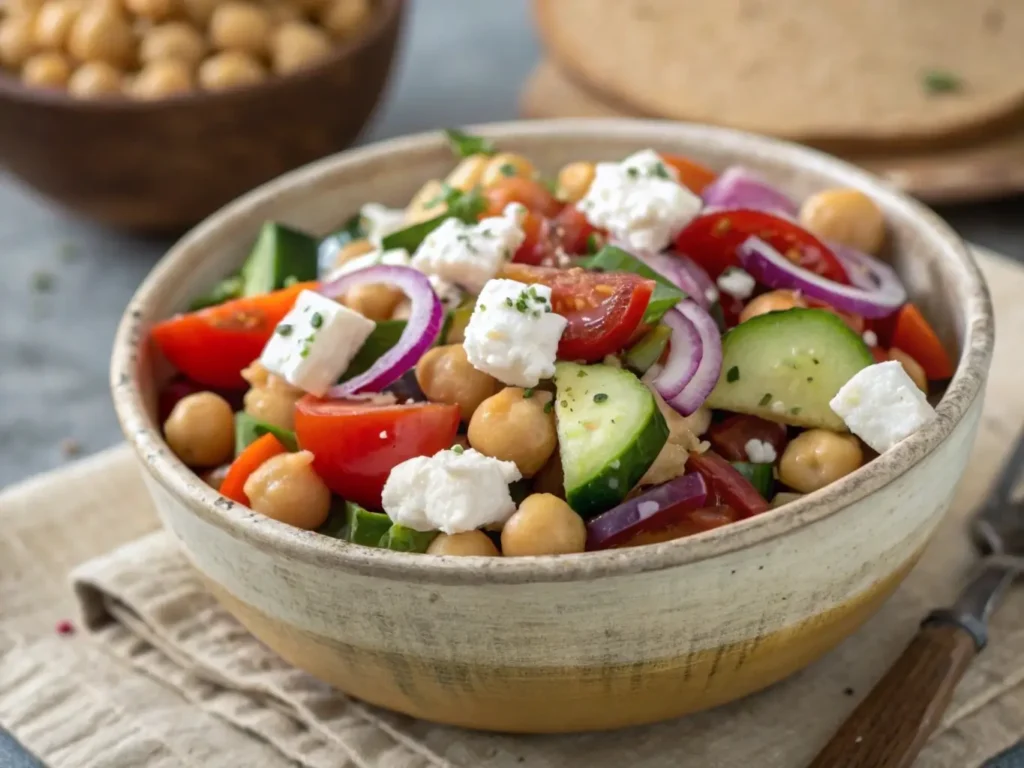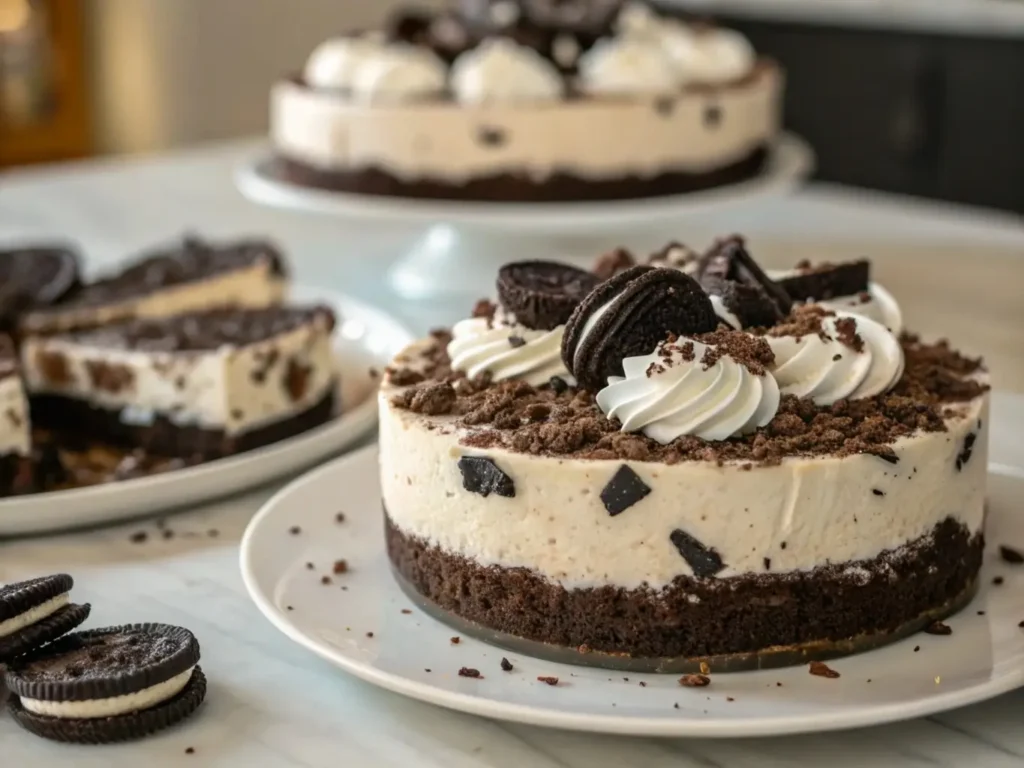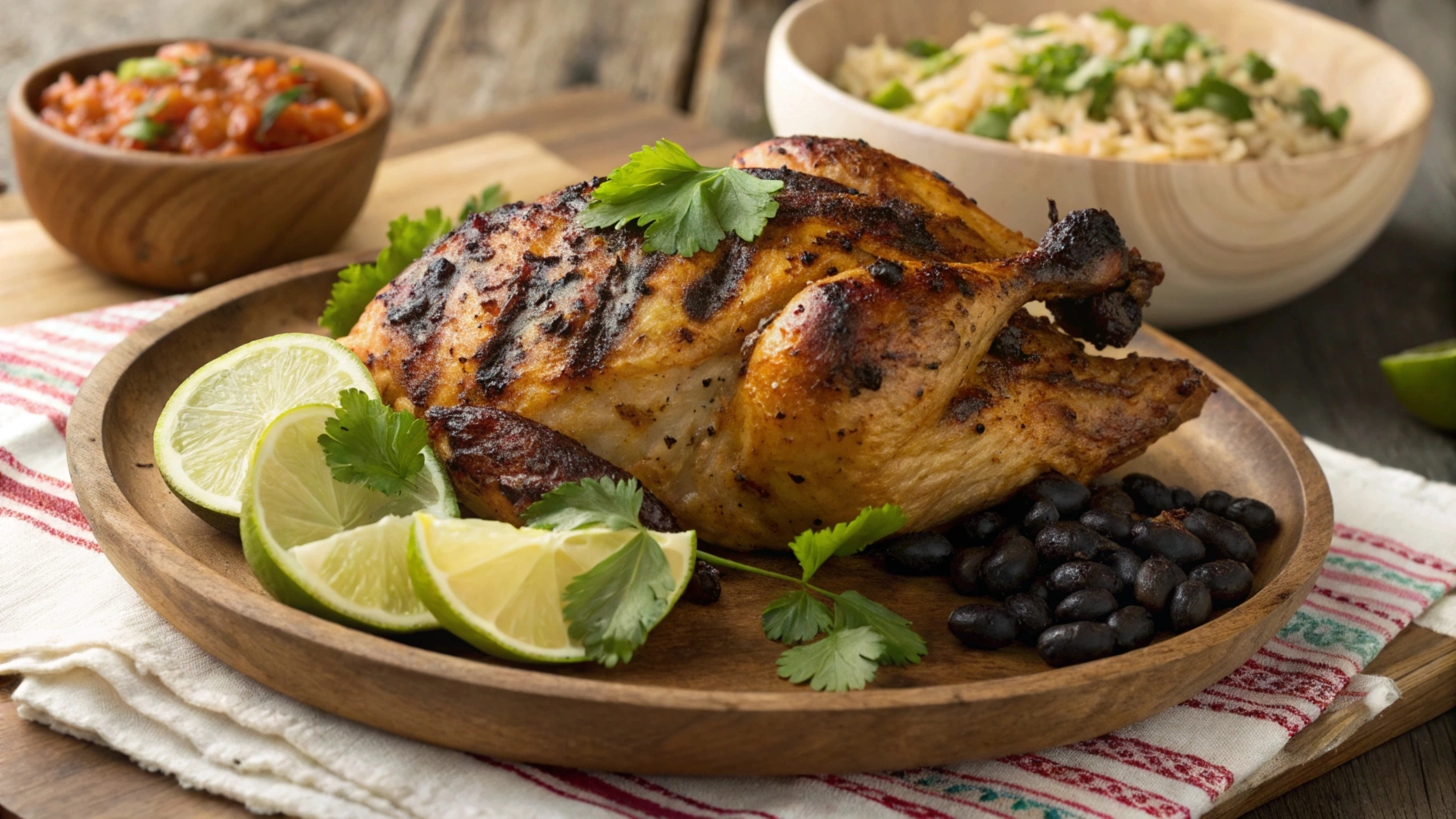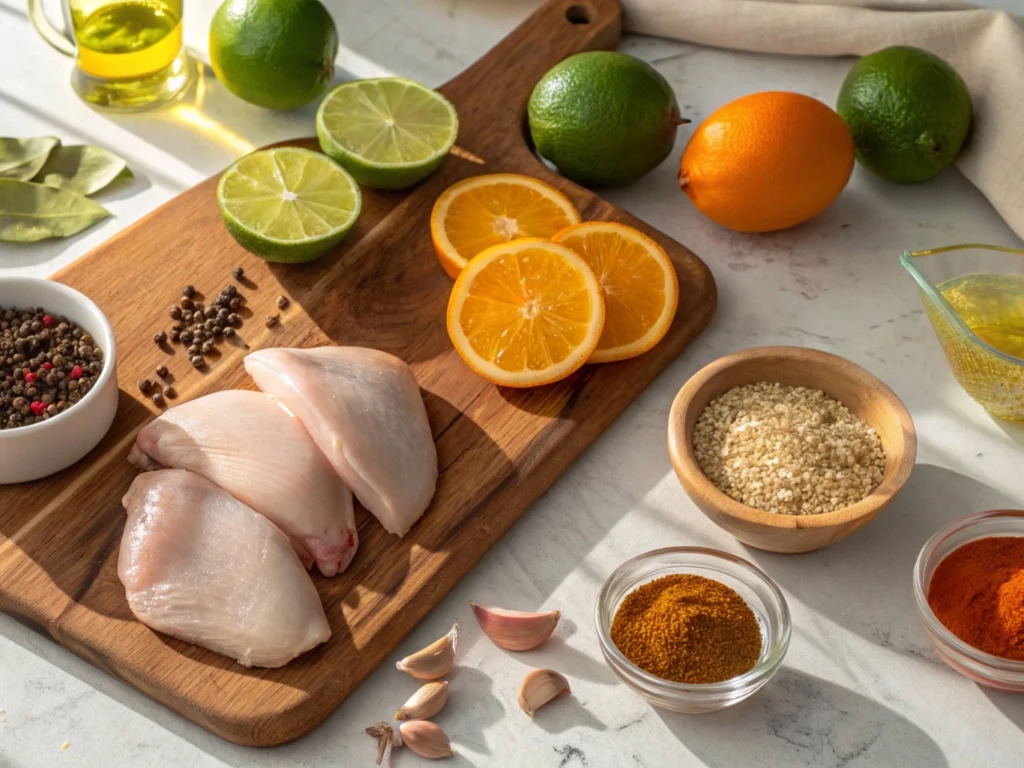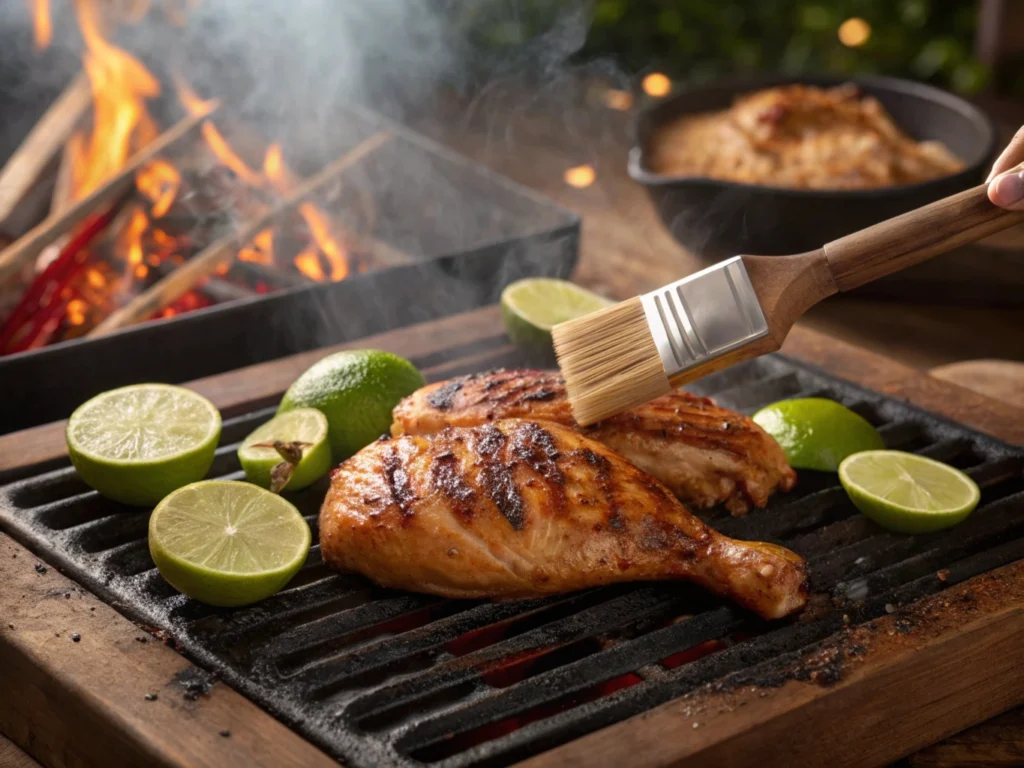If you think butter is the secret to delicious shrimp dishes, think again! This shrimp garlic recipe -butter proves that you can achieve incredible flavor and richness without it. Picture this: tender shrimp, sizzling in a fragrant mix of garlic and olive oil, with hints of fresh lemon and herbs to brighten every bite. It’s a simple yet sophisticated recipe that’s ready in minutes, perfect for those evenings when time is tight but you still want something special. Plus, it’s healthier and completely dairy-free, making it a go-to for anyone with dietary restrictions. So, whether you’re serving it with crusty bread, tossing it into pasta, or eating it straight from the skillet, one thing’s for sure you’re in for a treat!
Table of Contents
Why Choose a Butter-Free Shrimp Garlic Recipe?
The Health Benefits of Cooking Without Butter
Choosing to make a shrimp garlic recipe -butter isn’t just a tasty choice it’s also a healthier one. By skipping butter, you reduce saturated fats and calories without sacrificing flavor. Olive oil, often used as a substitute, is rich in healthy fats that support heart health. For those looking to maintain a balanced diet, this butter-free version is a no-brainer.
On the other hand, butter-free cooking also caters to dietary needs. If you’re lactose intolerant or following a dairy-free lifestyle, this recipe fits perfectly into your plan. Plus, garlic itself offers numerous health benefits, such as boosting immunity and improving heart health. Therefore, this recipe is a win-win for flavor and nutrition.
Flavor Profiles: How Garlic and Shrimp Shine Without Butter
One might wonder if removing butter will compromise the dish’s flavor. The answer? Not at all! A shrimp garlic recipe -butter relies on the rich, aromatic qualities of garlic and olive oil to bring the dish to life. As garlic caramelizes in olive oil, it develops a sweet, nutty flavor that pairs perfectly with the natural sweetness of shrimp.
In addition, using fresh herbs like parsley or thyme enhances the dish’s overall flavor. For a zesty twist, a squeeze of fresh lemon juice brightens up the shrimp, balancing its richness. These layers of flavor show that butter isn’t necessary to create a memorable dish it’s all about choosing complementary ingredients.
A Quick and Easy Dinner Solution for Busy Days
Let’s face it: weeknight dinners need to be quick and hassle-free. That’s where this shrimp garlic recipe -butter truly shines. With just a handful of ingredients and a single skillet, you can create a restaurant-quality meal in under 15 minutes. It’s perfect for those evenings when you’re short on time but still want something satisfying.
The best part? This dish is versatile. You can serve it over pasta, rice, or even a bed of roasted vegetables for a complete meal. For inspiration, check out this guide to pairing shrimp with side dishes. Whether it’s a last-minute dinner for two or a family feast, this recipe is your go-to solution.
A Versatile Recipe for Every Occasion
What makes a shrimp garlic recipe -butter so special is its adaptability. Hosting a dinner party? Serve this dish as an appetizer alongside crusty bread for dipping. Need a protein-packed lunch? Toss it into a salad with your favorite greens and a tangy vinaigrette. The possibilities are endless.
In addition, this recipe is a great way to experiment with flavors. Add a pinch of red pepper flakes for some heat, or sprinkle grated Parmesan on top for extra indulgence. The beauty of this dish lies in its simplicity you can make it your own while keeping it light and delicious.
Essential Ingredients for a Delicious Shrimp Garlic Recipe -Butter
Must-Have Ingredients for Butter-Free Garlic Shrimp
For a shrimp garlic recipe -butter, quality ingredients make all the difference. Here’s what you’ll need:
- Shrimp: Use fresh or frozen shrimp, peeled and deveined for convenience. Medium to large shrimp work best, as they cook quickly while staying juicy.
- Garlic: Freshly minced garlic is key to this recipe. It infuses the dish with a rich, aromatic flavor.
- Olive Oil: A healthier and equally flavorful alternative to butter, olive oil helps sauté the garlic and shrimp beautifully.
- Lemon Juice: A splash of fresh lemon juice adds brightness, enhancing the shrimp’s natural sweetness.
- Herbs and Spices: Parsley, red pepper flakes, salt, and black pepper round out the dish with layers of flavor.
When choosing your ingredients, opt for wild-caught shrimp if possible, as they often have a better texture and taste compared to farmed options.
Add-Ins to Elevate Your Shrimp Garlic Dish
While the base ingredients are delicious on their own, adding a few extras can elevate this shrimp garlic recipe -butter to a whole new level:
- Chili Flakes: For those who enjoy a spicy kick, a pinch of chili flakes is a simple yet effective addition.
- Paprika: Smoked or sweet paprika can introduce a subtle depth to the dish.
- Vegetables: Sautéed zucchini, cherry tomatoes, or asparagus pair wonderfully with the shrimp and garlic.
Adding a few of these optional ingredients lets you tailor the dish to your taste preferences or what you have on hand in your pantry.
Ingredient Substitutions for a Custom Twist
What if you’re out of certain ingredients? No worries! Here are some simple swaps for your shrimp garlic recipe -butter:
- Replace olive oil with avocado oil for a neutral flavor and high smoke point.
- Use lime juice instead of lemon juice for a tangy variation.
- If garlic cloves aren’t available, substitute with garlic powder, though fresh garlic is always preferred for authenticity.
These substitutions make the recipe adaptable, ensuring you can enjoy it even if you’re missing a key ingredient.
How to Select the Best Ingredients for Garlic Shrimp
Selecting the best ingredients ensures your dish shines. For shrimp, look for a firm texture, a translucent appearance, and no fishy odor. Frozen shrimp are also great, especially when they’re flash-frozen immediately after being caught.
For garlic, avoid pre-minced options in jars as they lack the same punchy flavor. Fresh garlic cloves, when minced at home, release essential oils that make this dish truly irresistible. Lastly, use extra virgin olive oil for the best taste, and fresh herbs whenever possible they make a noticeable difference!
Step-by-Step Guide to Cooking a Shrimp Garlic Recipe -Butter
Preparing Your Ingredients
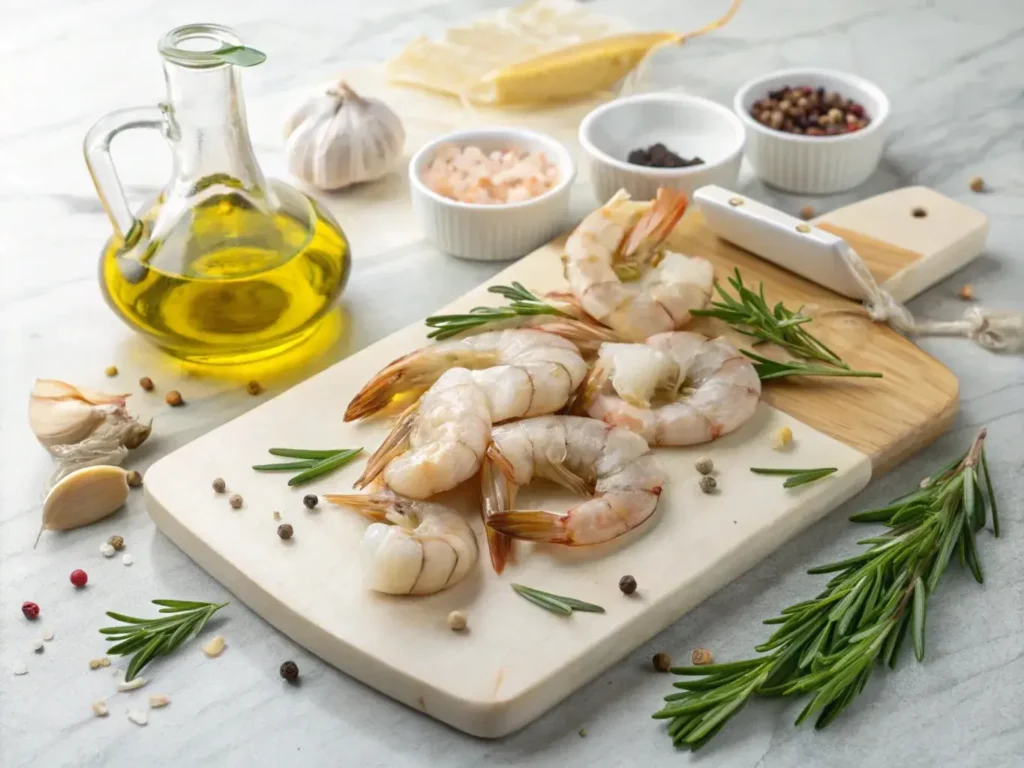
Before you dive into cooking, it’s essential to have everything ready. Proper preparation ensures that your shrimp garlic recipe -butter comes together smoothly:
- Clean the Shrimp: Start by peeling and deveining the shrimp. If you’re using frozen shrimp, thaw them under cold water and pat them dry with a paper towel.
- Mince the Garlic: Freshly minced garlic works best for this recipe. Its strong aroma and rich flavor elevate the dish.
- Measure the Ingredients: Have all your seasonings, olive oil, and lemon juice measured and ready to go. This makes the cooking process faster and more efficient.
By preparing ahead, you’ll ensure that your dish is cooked perfectly and remains stress-free.
The Cooking Process: From Pan to Plate in Minutes
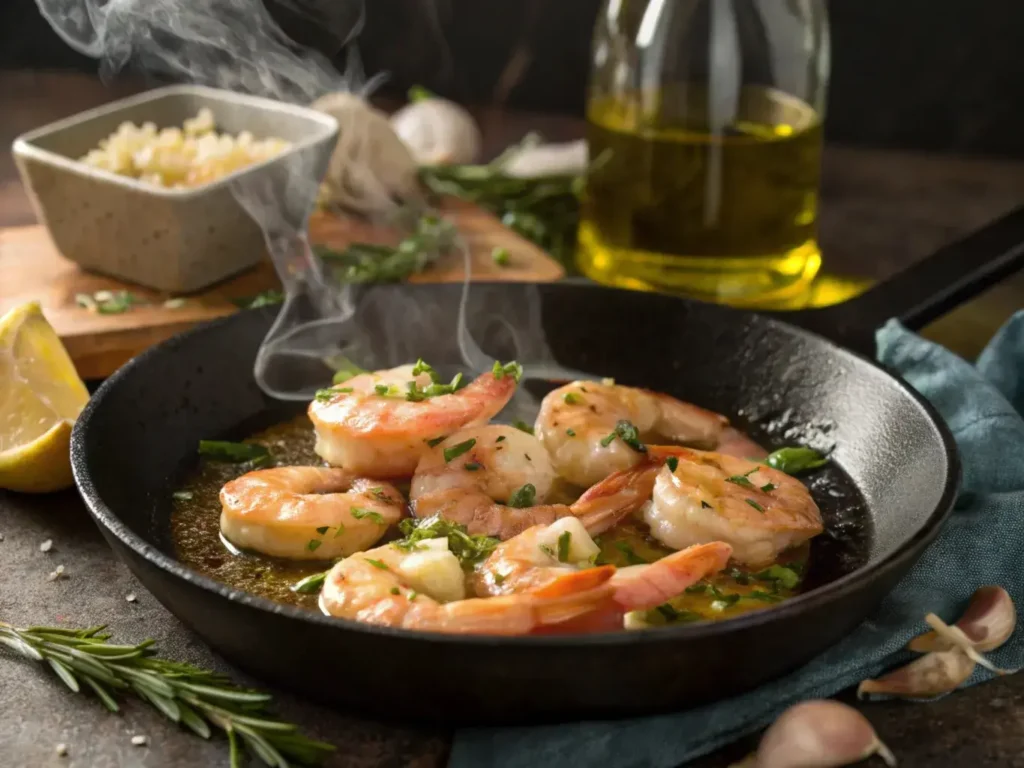
Cooking this shrimp garlic recipe -butter is straightforward and quick. Follow these steps:
- Heat the Olive Oil: In a large skillet, warm two tablespoons of olive oil over medium heat. Once it’s shimmering, add the minced garlic.
- Cook the Garlic: Stir the garlic constantly for 30 seconds until it becomes fragrant. Be careful not to let it burn, as this can make it bitter.
- Add the Shrimp: Place the shrimp into the pan in a single layer. Cook for 2-3 minutes per side until they turn pink and opaque.
- Season and Serve: Add salt, black pepper, and a splash of lemon juice to taste. Garnish with fresh parsley for added freshness.
This process takes just about 10 minutes, making it ideal for busy weeknights or last-minute meals.
Tips for Perfectly Sautéed Shrimp
Cooking shrimp can be tricky, but with these tips, you’ll achieve tender, flavorful results every time:
- Use High Heat: High heat ensures the shrimp cook quickly, sealing in their juices and preventing them from becoming rubbery.
- Don’t Overcrowd the Pan: Overcrowding traps steam, which can make the shrimp soggy instead of crispy on the outside. Cook in batches if necessary.
- Flip Only Once: Resist the urge to stir constantly. Let the shrimp cook undisturbed for 2-3 minutes per side to develop a slight sear.
By keeping these tips in mind, your shrimp garlic recipe -butter will turn out perfectly every time.
Serving Suggestions for a Balanced Meal
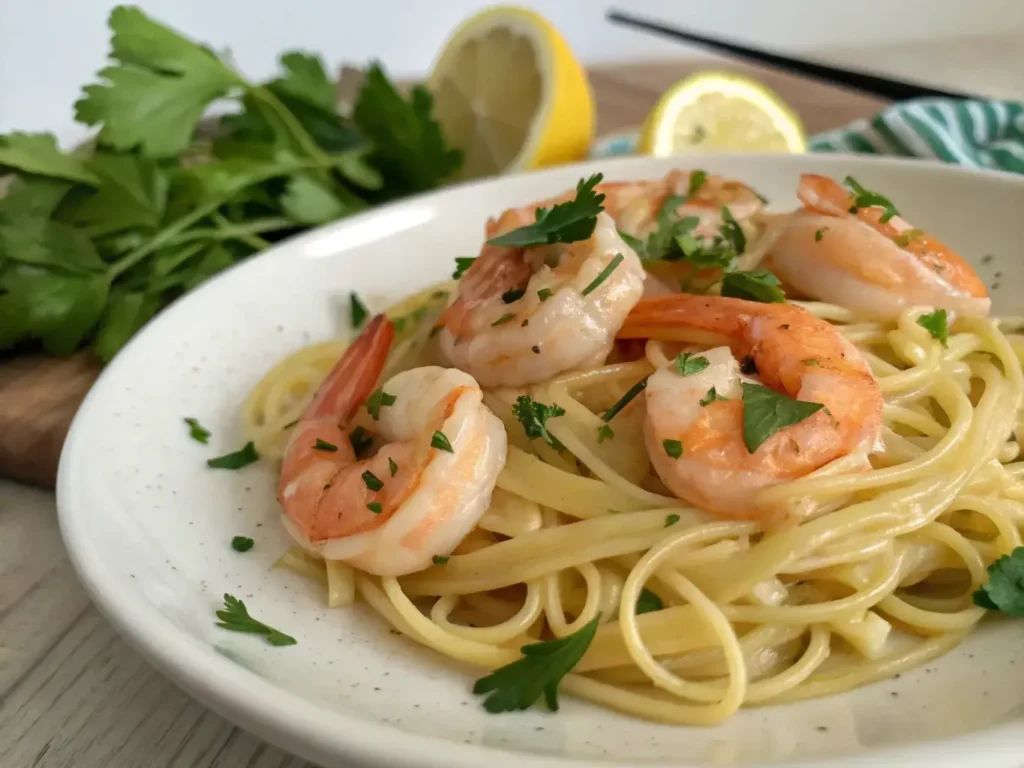
This shrimp garlic recipe -butter is versatile and pairs wonderfully with various side dishes. Here are some ideas:
- Over Pasta: Toss the shrimp and garlic sauce with linguine or spaghetti for a hearty meal.
- With Rice: Serve the shrimp over steamed jasmine rice or cauliflower rice for a lighter option.
- As a Topping: Use the shrimp as a topping for a fresh salad with mixed greens, cherry tomatoes, and cucumbers.
- With Vegetables: Pair the dish with roasted asparagus or sautéed zucchini for a complete meal.
Why Olive Oil is the Ideal Substitute for Butter
Health Advantages of Olive Oil
When crafting a shrimp garlic recipe -butter, olive oil is the perfect substitute for butter. It’s not only a flavorful alternative but also a healthier one. Olive oil is packed with monounsaturated fats, which are known to support heart health and lower bad cholesterol levels. Unlike butter, it contains no saturated fats, making it a great choice for anyone aiming to maintain a balanced diet.
In addition, olive oil is rich in antioxidants, such as vitamin E, which protect your cells from damage. Therefore, replacing butter with olive oil in your cooking doesn’t just cut calories it adds nutritional value to your meals.
Flavor Compatibility with Shrimp and Garlic
One of the main reasons olive oil shines in a shrimp garlic recipe -butter is its ability to complement the natural flavors of shrimp and garlic. The mild, fruity notes of olive oil allow the garlic’s robust aroma and shrimp’s sweetness to take center stage.
In contrast, butter can sometimes overpower these delicate flavors with its richness. Olive oil, on the other hand, enhances the dish without masking its key ingredients. For an extra flavor boost, consider using extra virgin olive oil, which has a more pronounced taste and aroma.
Other Cooking Oils to Consider
While olive oil is a fantastic choice, other oils can work well in a shrimp garlic recipe -butter, depending on your preferences or what you have on hand:
- Avocado Oil: This oil has a neutral flavor and a high smoke point, making it perfect for sautéing shrimp.
- Coconut Oil: For a slightly sweet and tropical twist, coconut oil is a great option, though it may alter the dish’s flavor profile.
- Grapeseed Oil: Light and versatile, grapeseed oil is another excellent alternative that pairs nicely with garlic and shrimp.
When choosing a substitute, consider the flavor and health benefits each oil brings to your recipe. However, olive oil remains a top choice for its balance of flavor, nutrition, and versatility.
Tips for Cooking with Olive Oil
To get the most out of olive oil in your shrimp garlic recipe -butter, keep these tips in mind:
- Use Medium Heat: Olive oil has a lower smoke point than some other oils, so cook over medium heat to avoid burning it.
- Choose High-Quality Oil: Extra virgin olive oil offers the best flavor and health benefits. Look for cold-pressed varieties for maximum freshness.
- Add Lemon Juice After Cooking: If your dish includes lemon juice, add it after removing the shrimp from the heat. This prevents the acidity from breaking down the oil and ensures a bright, fresh flavor.
By following these tips, you’ll ensure your dish is both flavorful and nutritious.
Common Mistakes to Avoid When Making Garlic Shrimp
Using Low-Quality Ingredients
When preparing a shrimp garlic recipe -butter, the quality of your ingredients matters more than you might think. Shrimp that’s not fresh or improperly frozen can result in a bland or rubbery texture. Similarly, using pre-minced garlic from a jar often leads to a less flavorful dish, as it lacks the punch of freshly minced garlic.
To avoid this, always opt for fresh or properly frozen shrimp and freshly minced garlic. If you’re unsure how to select quality shrimp, look for firm, translucent flesh and avoid any that have a strong fishy odor. These small steps ensure your dish is bursting with flavor.
Overcooking Shrimp
One of the most common pitfalls in a shrimp garlic recipe -butter is overcooking the shrimp. Shrimp cook remarkably quickly—just 2-3 minutes per side. When overcooked, they turn rubbery and lose their delicate, sweet flavor.
To avoid this, watch for visual cues. Shrimp are done when they turn opaque and pink with a slight curl. They should form a “C” shape rather than a tight spiral. Remember, it’s always better to slightly undercook shrimp and let them finish cooking in the residual heat of the pan.
Skipping the Garlic Prep
Garlic is the star of this dish, but improper preparation can lead to uneven cooking or a bitter taste. Burning garlic is a common mistake that can ruin your shrimp garlic recipe -butter. Garlic burns quickly, especially over high heat, and develops an unpleasant bitterness.
To prevent this, mince your garlic finely and stir it constantly when adding it to the hot oil. This ensures even cooking and releases the garlic’s aromatic oils, which infuse the shrimp with flavor.
Overloading the Pan
Cooking too many shrimp at once is another frequent error that can impact the dish’s quality. Overloading the pan causes the shrimp to steam instead of sear, resulting in a soggy texture rather than a crisp, flavorful exterior.
For the best results, cook the shrimp in batches if your skillet is small. This allows each piece to develop a nice sear, enhancing both texture and flavor. After all, part of what makes a shrimp garlic recipe -butter so delicious is its lightly caramelized surface.
FAQs
What goes well with garlic shrimp?
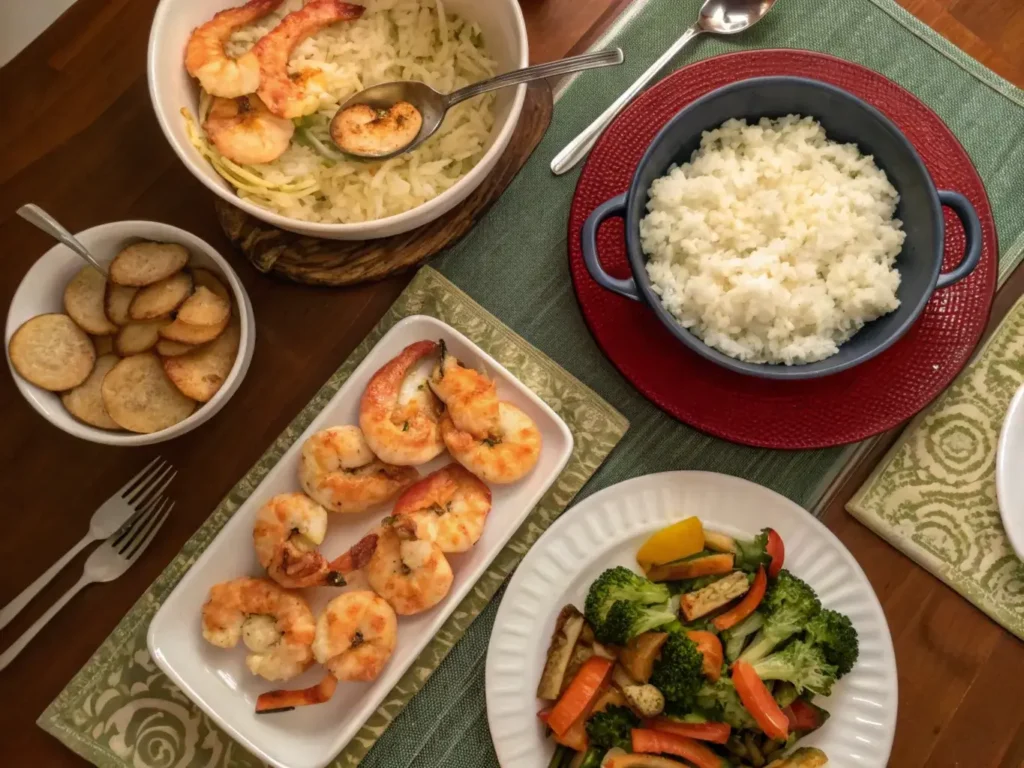
Garlic shrimp pairs beautifully with a variety of sides, making it a versatile dish. Popular options include:
- Pasta: Toss your shrimp garlic recipe -butter with linguine or spaghetti for a hearty, satisfying meal. Add a drizzle of olive oil and sprinkle of Parmesan for extra flavor.
- Rice: Steamed jasmine or basmati rice works wonderfully, as it absorbs the savory garlic and shrimp juices. For a low-carb option, try cauliflower rice.
- Vegetables: Roasted asparagus, sautéed zucchini, or a fresh green salad make light and healthy pairings.
- Bread: Crusty bread or garlic bread is perfect for soaking up the rich sauce.
These combinations allow you to tailor the dish to any occasion, from casual dinners to elegant gatherings.
What’s the tastiest way to cook shrimp?
The tastiest way to cook shrimp depends on the recipe, but for a shrimp garlic recipe -butter, sautéing is ideal. Cooking shrimp in a hot skillet with olive oil and garlic creates a lightly seared, flavorful coating while keeping the shrimp juicy and tender.
Other delicious methods include grilling or broiling, which add a smoky depth to the shrimp’s natural sweetness. Whatever cooking style you choose, ensure the shrimp are not overcooked—they only need a few minutes per side to become perfectly done.
What sauces go well with shrimp?
Shrimp is incredibly versatile and pairs well with a range of sauces, including:
- Garlic Butter Sauce: For a more indulgent variation, use a butter-free alternative like olive oil garlic sauce in your shrimp garlic recipe -butter.
- Lemon Herb Sauce: A zesty mix of lemon juice, olive oil, and fresh herbs like parsley or dill enhances shrimp’s natural flavors.
- Creamy Alfredo Sauce: If you’re serving shrimp with pasta, this rich, cheesy sauce is a fantastic choice.
- Spicy Aioli: For a kick, serve shrimp with a dipping sauce made of mayonnaise, garlic, and chili paste.
These sauces elevate shrimp dishes, offering diverse flavor profiles to suit any palate.
Why do you soak shrimp in milk before frying?
Soaking shrimp in milk before frying serves two purposes:
- Reduces Odor: Milk helps neutralize the strong, fishy smell that some shrimp may have, ensuring a milder, fresher flavor.
- Tenderizes the Meat: The enzymes in milk can soften the shrimp, making it juicier and more tender after cooking.
Although this step isn’t necessary for a shrimp garlic recipe -butter, it’s an excellent tip for other shrimp preparations, particularly fried or breaded versions.
Conclusion
By now, you’ve discovered that a shrimp garlic recipe -butter is not only delicious but also versatile, healthy, and quick to prepare. From choosing high-quality ingredients like fresh shrimp and olive oil to mastering the art of sautéing, this dish brings bold flavors without the need for butter. You’ve also learned how to avoid common cooking mistakes, like overcrowding the pan or overcooking the shrimp, ensuring a perfect dish every time.
Whether you’re serving it with pasta, rice, or roasted vegetables, this recipe fits seamlessly into any meal plan. Plus, with tips for pairing sauces and sides, you can easily customize it to suit your taste and occasion.

